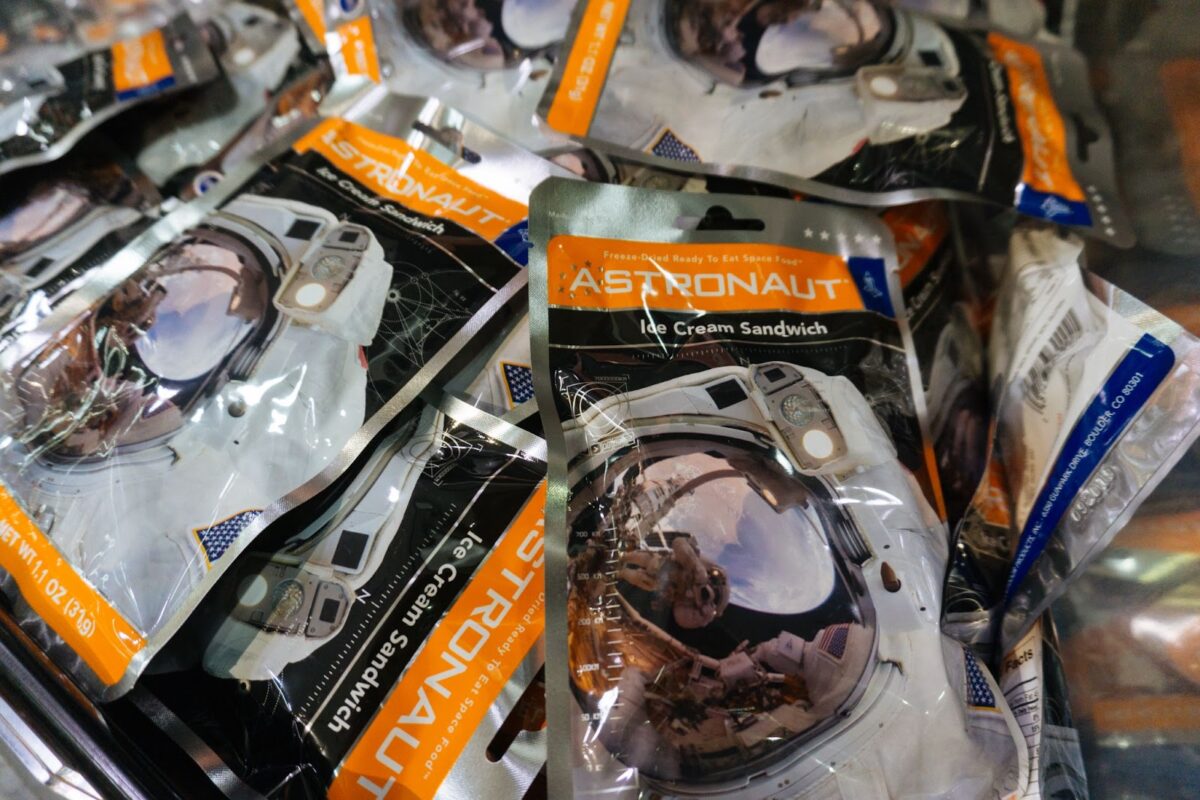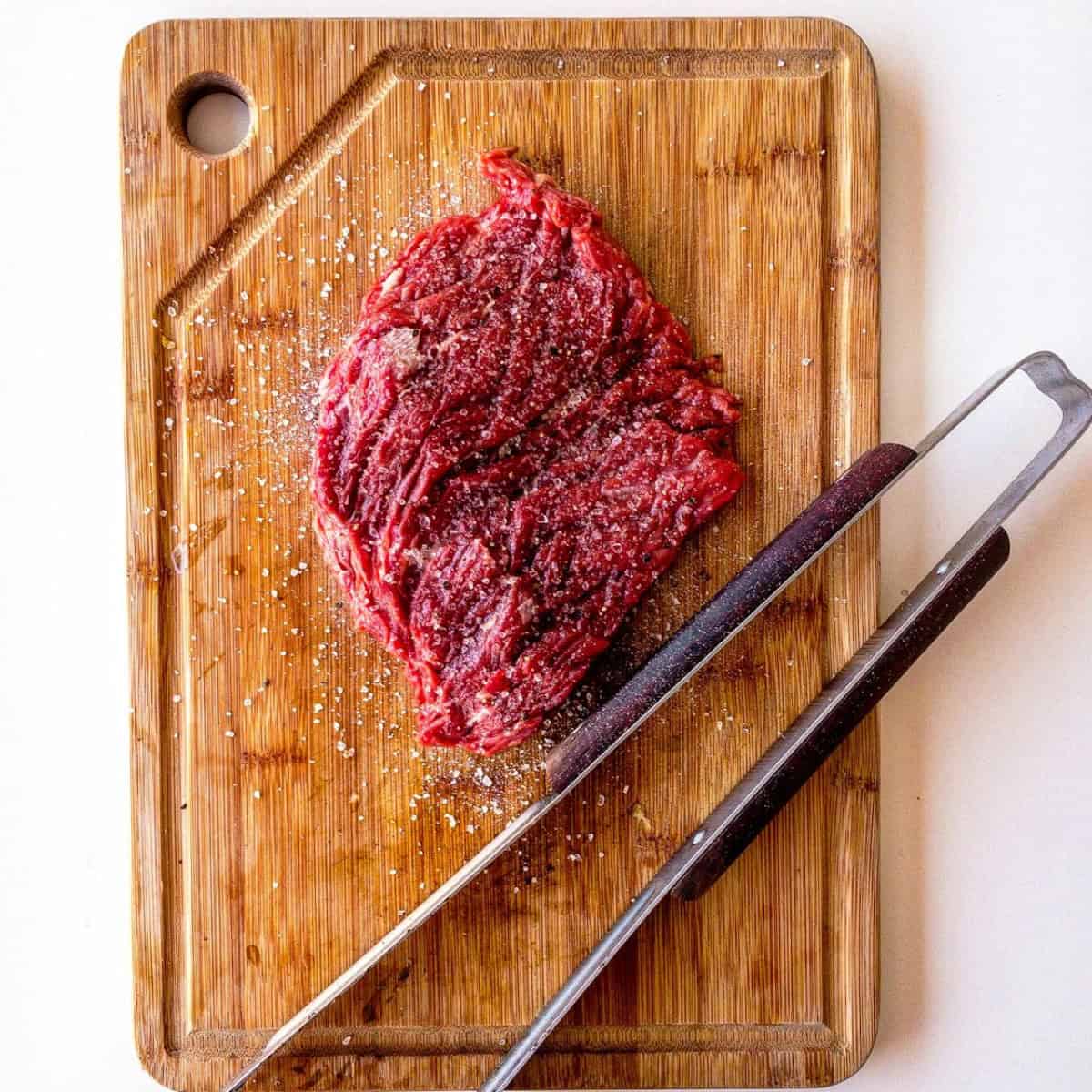When humanity first ventured into space, meals were unimaginative and generally came in tubes. At the dawn of spaceflight, engineers were primarily worried about packaging to avoid contamination. Crumbs or free-floating liquids could wreak havoc in space microgravity, so the earliest foods were designed to minimize mess. Over time, however, space agencies improved the taste, texture, and nutritional variety of space food through innovative tech. Today, astronaut food aboard the ISS includes an impressive variety of thermostabilized entrées, freeze-dried snacks, and rehydratable sides. But what are those, exactly? Let’s find out!

Thermostabilized food: heat-treated delicacies
Thermostabilization is a heat-processing technique very similar to the canning we’re familiar with back on Earth. The future space food is placed in sealed pouches or trays and heated to kill microorganisms that could cause spoilage. These pouches can then be stored at room temperature for a long time, offering an ideal solution for extended stays on the ISS, as well as future deep-space missions.
Examples of thermostabilized items include:
- Main Entrees (beef tips, chicken teriyaki, lasagna)
- Fruits (peach or mixed fruit cups)
- Desserts (puddings, brownies)
By maintaining much of the flavour and nutritional value, thermostabilized space food has become a main building block of modern ISS menus.
ISS space food list: What does it look like?
More specifically, what do astronauts eat in space for breakfast, lunch, and dinner? Some common breakfast examples include:
- Therm-stabilised or freeze-dried fruits;
- Rehydratable cereals like granola or bran flakes;
- Beverages, i.e., coffee, tea, orange juice, flavoured drinks, etc.
Common lunch options are:
- Thermostabilized main courses, i.e., sweet or sour pork, macaroni & cheese, or spaghetti with meat sauce.
- Rehydratable soups, i.e., miso soup or chicken noodle soup.
- Snacks such as nuts, crackers, or peanut butter in individual pouches.
For dinner, astronauts can expect:
- Hearty entrees include beef tips with mushrooms, chicken fajitas, and salmon.
- Vegetables, i.e., freeze-dried peas, spinach, or broccoli.
- Dessert, including chocolate pudding, fruit cobblers, or even freeze-dried ice cream.
At this point, you may wonder – is thermostabilized and freeze-dried food the same? No. Those are different methods. The first one involves heat-processing the food in sealed containers, whereas the second is exactly what the name suggests: freeze-drying to remove water and then packing in a vacuum bag.
So, the next time someone asks you – Is all astronaut food freeze-dried? You can safely say no – space food balances freeze-dried items with thermostabilized food and even freshly grown vegetables.
How do astronauts eat in space without gravity?
Eating in microgravity was never a problem; the solution was always about clever packaging and a few other smart techniques:
- Seal containers to prevent crumbs and liquids from floating away.
- Drinking through straws with clamps to keep beverages under control.
- Velcro and tethering for utensils and trays so that astronauts can strap those to their thighs or workstations.
That doesn’t sound too tough, right? Of course, space food etiquette needs some getting used to, but astronauts learn these methods during extensive training on Earth as they practice in simulated zero-gravity environments (like parabolic flights or underwater habitats). So, by the time they get to the space station, they’re already used to the idea of space food and Velcro-strapped utensils.
What is the super food for astronauts?

You may have heard that an extended stay on the ISS can lead to severe muscle loss. To compensate for the lack of gravity in space, astronauts require physical exercise along with healthy food. While there isn’t any ‘official’ best food for astronauts, a balanced combination of vitamins, minerals, and antioxidants is a must. Some top space food examples include:
- Salmon is rich in omega-3 fatty acids, which support heart health, bone density, and cognitive function.
- Almonds or nuts since they are high in protein, healthy fats, and essential micronutrients.
- Dark leafy greens like spinach are loaded with vitamins and minerals, which is why they are critical for a healthy space food menu.
- Spirulina or other microalgae are currently in experimental forms because they are nutrient-dense and have great potential for sustainable cultivation on long missions.
Experiments with growing fresh fruit and vegetables are also ongoing. Even today, the ISS is equipped with hydroponic or aeroponic gardens, which could eventually become the true superfoods of upcoming deep-space missions.
More to Come: Advances in Space Food
The evolution of space food is already impressive, but that’s not the limit. As we aspire to long-duration space missions, researchers are developing new techniques to improve space food variety. Simple 3D-printed meals are already produced, even if still experimentally. Advances in onboard hydroponics and aeroponics should make growing foods possible. Some fresh vegetables are already grown on the ISS, but this list is regularly expanding.
Besides, new preservation methods that combine freeze-drying, high-pressure processing and advanced packaging should maximize the shelf life of space food while preserving its flavor and nutrients. The last but most prominent development so far is research into lab-grown proteins to produce meat without relying on livestock. And that’s something many people would also appreciate back on Earth!
Author: Emma Thorpe





Leave a Reply